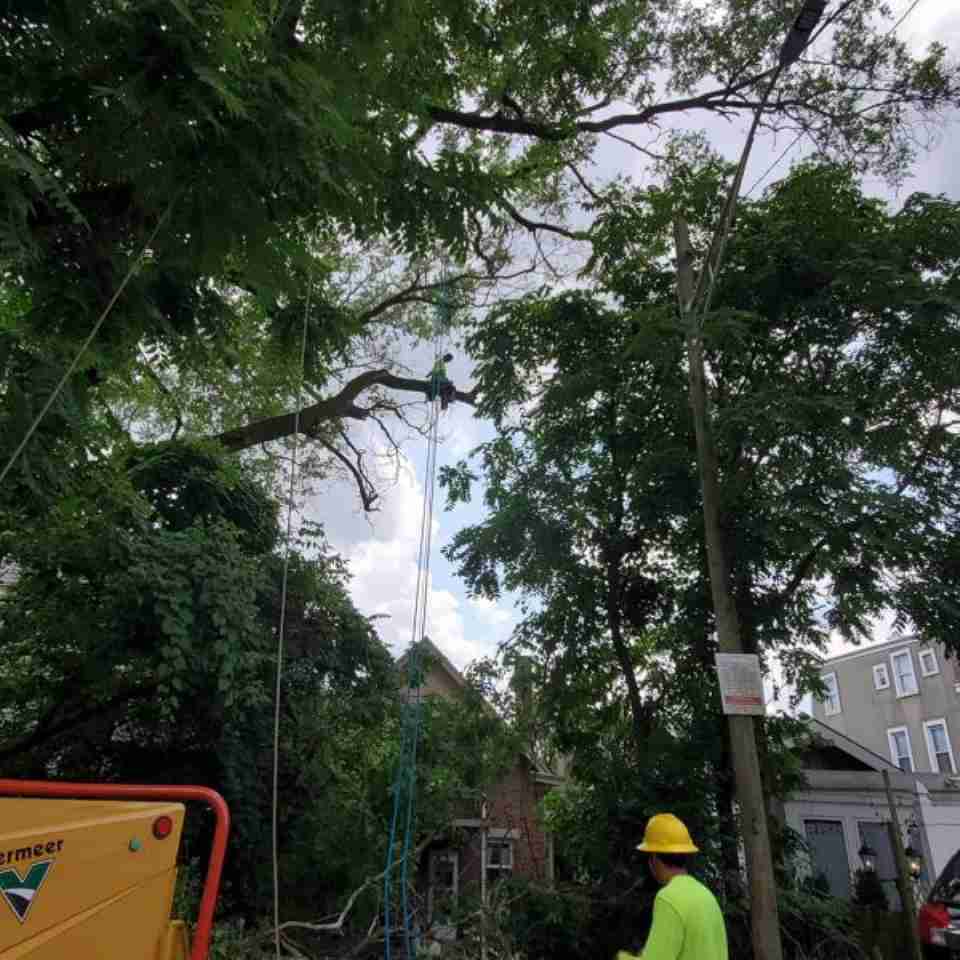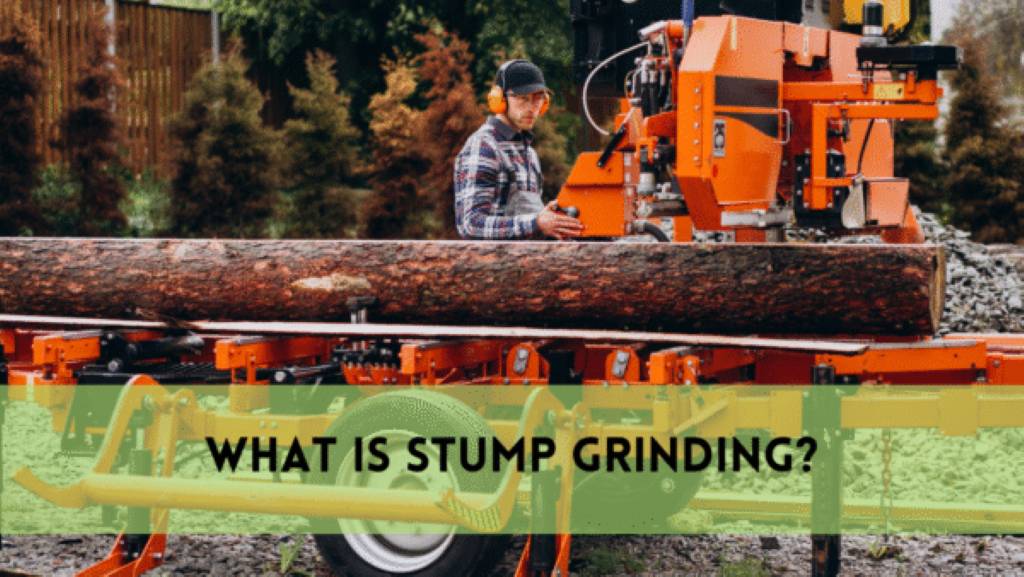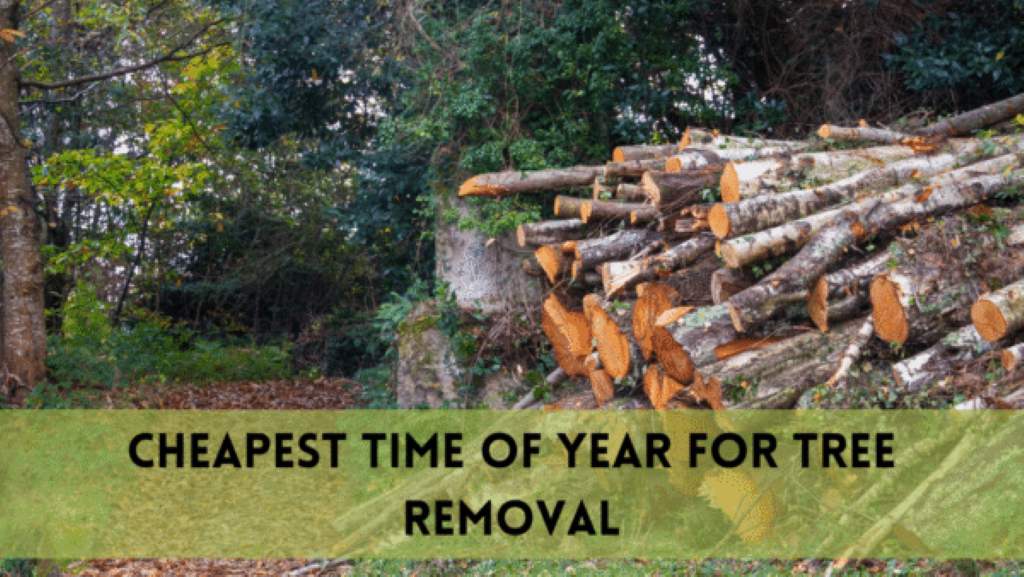If you’ve ever wondered, “Why is tree trimming so expensive?” you’re not alone. Many people find themselves questioning why this seemingly straightforward task comes with a hefty price tag. In this comprehensive article, we’ll delve into the various factors that contribute to the cost of tree trimming, the benefits it provides, and how to make informed decisions when it comes to caring for your trees. Let’s explore the intricacies of “why tree trimming is so expensive,” the value it brings, and the key reasons behind its high costs.
The Importance of Tree Trimming
Tree trimming is an essential aspect of responsible tree care. It goes beyond just maintaining the appearance of your landscape; it’s about the health and safety of your trees and property. Proper trimming promotes healthy growth, prevents overgrowth that could damage your property or utility lines, and ensures that the tree remains structurally sound.
Why is Tree Trimming So Expensive?
Several factors contribute to the overall cost of tree trimming. Understanding these factors can help you make sense of the pricing and ensure you get the best value for your investment.
Safety and Professional Expertise
Tree Pruning is not a task for amateurs. It requires specialized knowledge, experience, and the right equipment. Professional arborists are trained to assess the condition of the tree, identify potential hazards, and execute precise trimming techniques. Ensuring the safety of workers, your property, and nearby structures is a crucial part of the cost.
Equipment and Tools
Trimming trees requires a variety of tools and equipment, such as chainsaws, pole pruners, safety gear, and wood chippers for debris removal. Maintaining and operating this equipment comes with costs that are factored into the overall price.
Local Regulations and Permits
In some areas, tree pruning may require permits or adherence to local regulations. Obtaining these permits and following guidelines can add administrative costs to the service.
Tree Size and Accessibility
Larger trees or trees in hard-to-reach locations require more effort, time, and sometimes specialized equipment for trimming. The size and accessibility of the tree can significantly impact the cost.
Health and Condition of the Tree
Unhealthy or diseased trees may need more careful and precise trimming to prevent further damage. This level of attention can increase the cost, but it’s essential for maintaining the tree’s health.
Trimming Techniques and Goals
Different tree trimming techniques serve various purposes, from thinning the canopy for better sunlight penetration to crown reduction for storm resistance. The specific goals of the trimming job influence the complexity and time required, affecting the cost.
Emergency Tree Trimming
When a tree poses an immediate danger, emergency tree trimming services may be necessary. These services often come at a premium due to the urgency and increased risks involved.
Potential Risks of Neglecting Tree Pruning
Neglecting tree pruning can lead to various risks, both for the tree itself and your property. Overgrown branches can become entangled in power lines, causing outages and potentially starting fires. Dead or weakened branches may fall during storms, causing damage to structures or posing a safety hazard to people.
The Benefits of Tree Trimming
While the cost of tree removal or trimming may initially seem high, it’s essential to consider the numerous benefits it provides in the long run.
Enhanced Aesthetics and Curb Appeal
Well-maintained trees add beauty and value to your property. Regular trimming keeps trees looking neat, balanced, and visually appealing.
Healthier and Stronger Trees
Pruning removes dead, diseased, or weakened branches, allowing the tree to focus its energy on healthy growth. This promotes a more robust and structurally sound tree.
Reduced Risk of Damage
Trimming reduces the risk of branches breaking and falling, especially during storms or heavy winds. This preventive measure can save you from costly property damage.
Improved Sunlight and Air Circulation
Proper trimming allows more sunlight to reach the tree’s interior, promoting better leaf growth and overall health. Improved air circulation reduces the risk of fungal infections and other diseases.
Enhanced Safety for Your Property
By removing hazardous branches, you create a safer environment for your family, pets, and property. You’ll have peace of mind knowing that your trees are less likely to cause accidents.
How to Make Tree Trimming More Affordable
While tree trimming is an investment, there are ways to manage the costs without compromising on quality.
Regular Maintenance
Schedule regular tree maintenance to keep the growth in check. Frequent, small trims are often more affordable than significant, infrequent jobs.
Multiple Trees and Bulk Discounts
If you have several trees that need trimming, inquire about bulk discounts. Many tree trimming services offer reduced rates for multiple trees on the same property.
DIY vs. Professional Tree Trimming
While homeowners can do some minor pruning tasks, it’s crucial to know your limits. For more extensive jobs or trees in challenging locations, hiring a professional ensures the job is done safely and effectively.
Choosing the Right Tree Trimming Service
When selecting a tree trimming service, consider several factors to ensure you’re getting the best value for your money.
Requesting Quotes and Comparing Services
Reach out to multiple tree pruning services for quotes. Compare the pricing, services offered, and customer reviews to make an informed decision.
Checking for Insurance and Certifications
Ensure the tree trimming company has proper insurance and certifications. This protects you from liability in case of accidents during the job.
Customer Reviews and Recommendations
Read reviews from previous customers to gauge the quality of the tree pruning service. Recommendations from friends or neighbors can also be valuable.
Conclusion
Tree trimming plays a vital role in maintaining the health, safety, and beauty of your property. While the cost may seem high initially, the benefits far outweigh the investment. By understanding the factors that contribute to tree trimming costs and making informed decisions, you can ensure the well-being of your trees and property. Regular tree maintenance, hiring the right professionals, and taking advantage of cost-saving strategies can help you manage the expenses while reaping the rewards of healthy, thriving trees.
Frequently Asked Questions (FAQs)
Is tree trimming necessary for all trees?
Tree trimming is essential for most trees, as it promotes health, safety, and aesthetics. However, the frequency and extent of trimming depend on the type, size, and condition of the tree.
Can I trim my trees myself?
For small, straightforward tasks like pruning small branches, you can handle it yourself. However, for more significant jobs or if the tree is near power lines or structures, it’s best to hire a professional.
How often should I trim my trees?
The frequency of tree trimming depends on factors such as the tree species, growth rate, and overall health. In general, most trees benefit from trimming every 3 to 5 years.
What should I look for in a tree trimming service?
When hiring a tree trimming service, look for proper insurance, certifications, positive customer reviews, and competitive pricing. A reputable company will have the expertise and equipment to handle the job safely.
Are there any risks associated with tree trimming?
While professional tree trimming is safe when done by experienced arborists, there are risks associated with neglecting tree trimming. Overgrown branches can pose hazards, and improper trimming techniques may damage the tree.
Can I negotiate the price with a tree trimming service?
Some tree trimming services may be open to negotiation, especially if you have multiple trees that need attention. It’s worth discussing pricing options to find a solution that works for both parties.




